
Fashion Trends Through the Decades: Rediscovering Vintage Styles
In this article, we explore the captivating journey of fashion through the decades, from the 1920s to the 1990s. We will delve into the key trends and influential styles that shaped each era, highlighting the enduring appeal of vintage fashion in today’s world. Whether you’re a fashion enthusiast or simply looking for inspiration, this exploration of the past will ignite your creativity and help you incorporate vintage elements into your own style.
Introduction to Fashion Trends Through the Decades
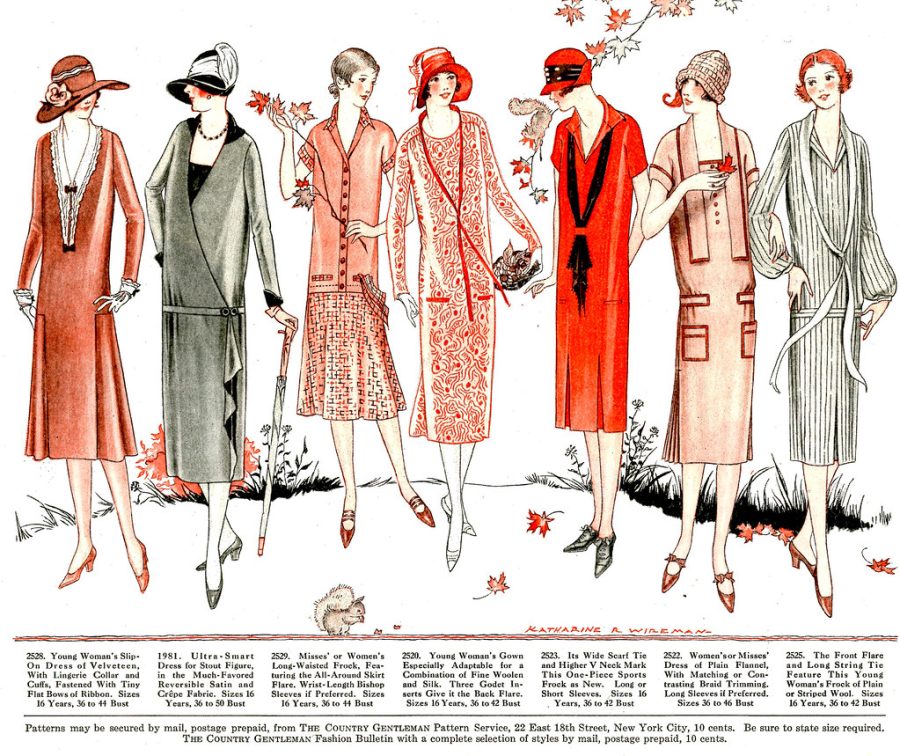
Fashion Trends Through the Decades takes readers on a captivating journey through time, exploring the mesmerizing evolution of style from the 1920s to the 1990s. Each era is marked by unique trends and influential styles that continue to inspire fashion enthusiasts today. From the roaring twenties to the grunge era of the 90s, this exploration delves into the key fashion movements that have shaped the world of fashion. Rediscover vintage styles and learn how to incorporate them into modern fashion for a timeless and unique look.
Why rediscovering vintage styles is popular today

Rediscovering vintage styles has become increasingly popular in today’s fashion world. Modern consumers are drawn to the uniqueness and charm that vintage fashion brings. They appreciate the sustainability aspect of buying pre-loved clothing and the opportunity to own pieces with a rich history. Vintage styles also allow individuals to express their individuality and stand out from the crowd. Incorporating vintage elements into our modern wardrobes adds a touch of nostalgia and a sense of timelessness to our fashion choices.
1920s Fashion Trends

The 1920s was a decade of revolution in fashion. Women’s clothing became shorter and more loose-fitting, reflecting the newfound freedom and rebellion of the era. The iconic flapper dress, with its dropped waistline and embellishments, became a symbol of the Roaring Twenties. This era also saw the rise of influential designers like Coco Chanel, who introduced more comfortable and practical clothing for women. The fashion of the 1920s paved the way for modern styles, emphasizing individuality and breaking away from traditional norms. [5]
The Roaring Twenties: Key fashion trends and influences
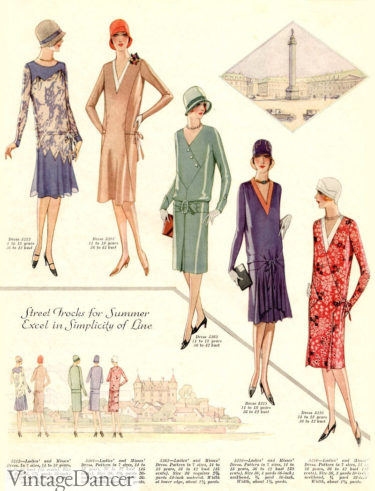
The Roaring Twenties was a transformative era for fashion, characterized by key trends and influences that still resonate today. Women’s fashion became bolder and more rebellious, with the iconic flapper dress embodying the newfound freedom of the era. Influential designers like Coco Chanel introduced more comfortable and practical clothing for women, while Art Deco motifs and the Jazz Age aesthetic influenced the overall style. The fashion trends of the Roaring Twenties set the stage for a new era of individuality and breaking norms. [7]
Iconic styles of the 1920s: Flapper dresses and the rise of Coco Chanel
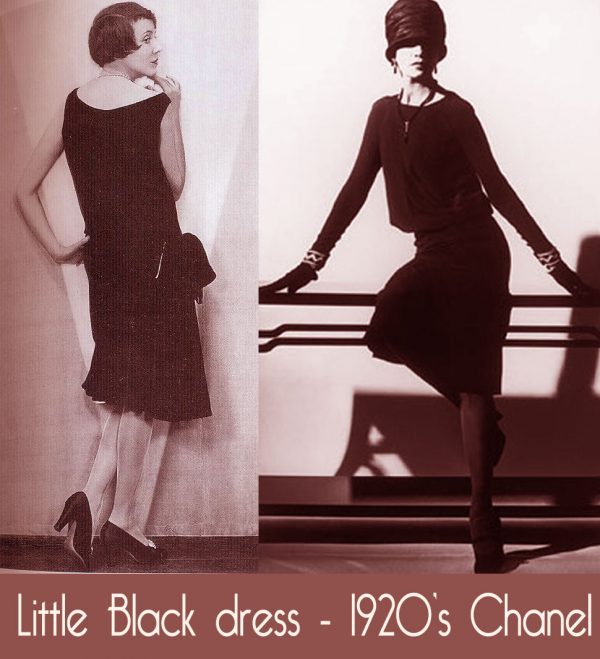
The 1920s introduced iconic styles that continue to inspire fashion today. One of the most notable trends was the flapper fashion, characterized by its androgynous look and boldness. Additionally, the decade saw the rise of legendary designer Coco Chanel, who revolutionized women’s fashion with her modern and practical designs. Chanel’s influence on 1920s fashion is still evident in today’s fashion industry.
1950s Fashion Trends
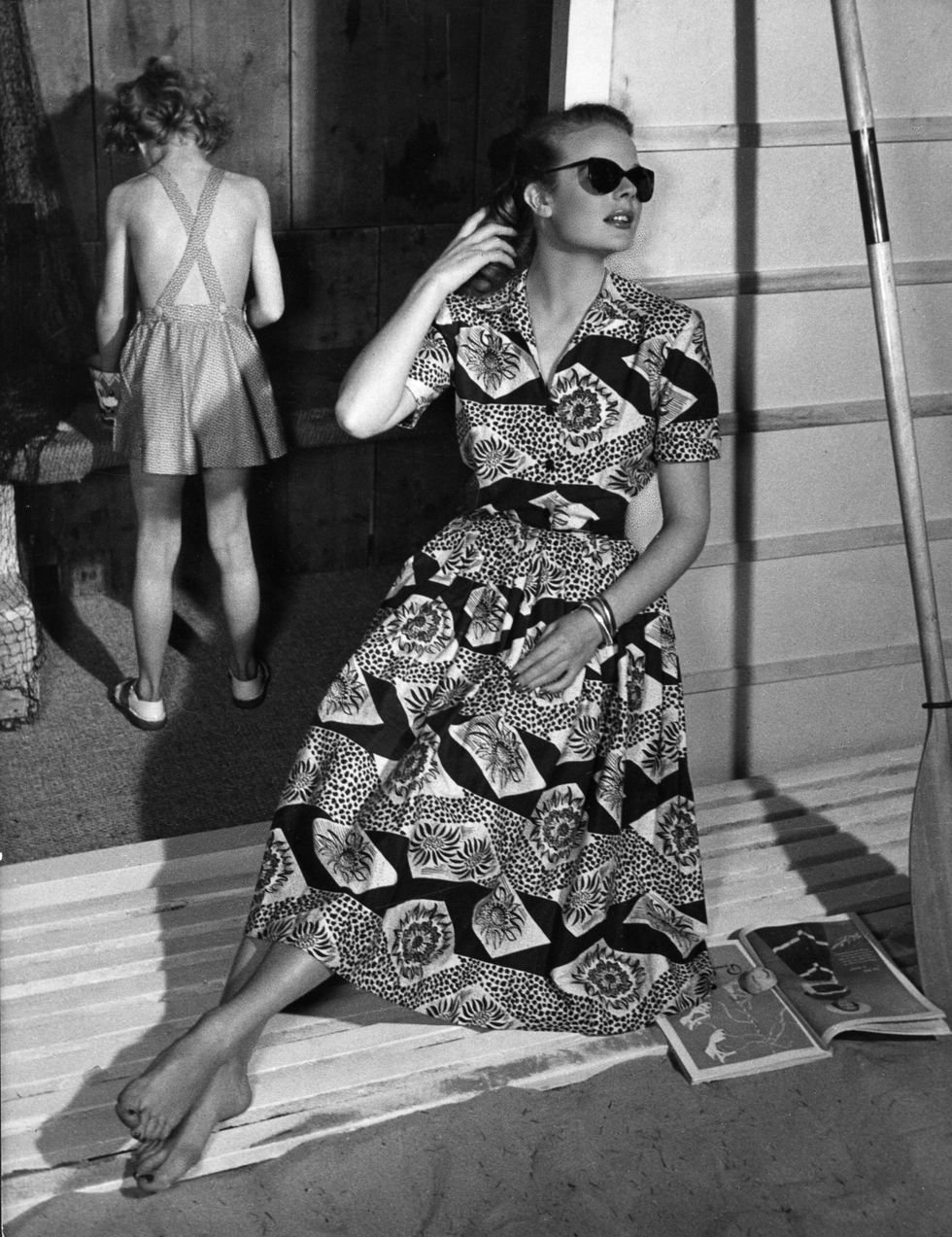
The 1950s marked a shift in fashion towards a more casual yet formal and elegant style. Shoulder lines became more defined, emphasizing femininity. Full skirts and hourglass silhouettes were popular, inspired by the iconic look of actresses like Marilyn Monroe. This decade also saw the emergence of influential trends such as the New Look, which celebrated a more glamorous and feminine aesthetic. [12]
The Golden Era: Fashion trends of the 1950s

In the 1950s, fashion reached its golden era as designers embraced elegance and femininity. The hourglass silhouette, popularized by stars like Marilyn Monroe, was the epitome of style. Full skirts, cinched waists, and defined shoulder lines became the norm. The New Look, introduced by Christian Dior, celebrated a more glamorous and sophisticated aesthetic, with tailored suits and structured dresses. This era brought forth timeless styles that continue to inspire fashion today. [13]
Influential styles: The New Look and the rockabilly subculture

During the 1950s, two influential styles emerged that had a lasting impact on fashion. The New Look, introduced by Christian Dior, celebrated a more glamorous and sophisticated aesthetic. It featured cinched waists, full skirts, and defined shoulder lines, highlighting the hourglass silhouette. On the other hand, the rockabilly subculture embraced a rebellious and edgy style, influenced by rock ‘n’ roll music. This subculture incorporated elements such as leather jackets, high-waisted pants, and pompadour hairstyles. Both of these styles continue to inspire fashion today, with their timeless appeal.
1970s Fashion Trends

The 1970s saw the rise of eclectic and innovative fashion trends. Bell-bottom pants, maxi dresses, jumpsuits, wrap dresses, and high-waisted pants were all popular among women. Platform shoes became a staple, adding height and a retro flair to any outfit. The fashion of the 1970s was characterized by bold prints, vibrant colors, and a free-spirited attitude. Disco fashion and the hippie movement were influential styles during this decade, reflecting the cultural shifts happening at the time. [18]
The Groovy Decade: Fashion trends of the 1970s

The 1970s was a groovy decade that gave rise to a variety of fashion trends. Women embraced the bohemian style, with maxi dresses and jumpsuits adorned with bold prints and vibrant colors. The disco era introduced glamorous fashion, with sequins, glitter, and platform shoes becoming popular. The hippie movement also influenced fashion, with flowy floral dresses and bell-bottom pants making a statement. The 1970s fashion was all about self-expression and embracing individuality.
Statement styles: Disco fashion and the hippie movement

During the 1970s, disco fashion and the hippie movement made a statement in the fashion world. Disco fashion was all about glitz and glamour, with sequins, metallic fabrics, and vibrant colors being popular choices. Platform shoes and high-waisted pants were also iconic disco trends. On the other hand, the hippie movement brought a more bohemian and free-spirited vibe, with flowy floral dresses, bell-bottom pants, and fringe accents. These statement styles represented the carefree and individualistic attitudes of the era.
1990s Fashion Trends
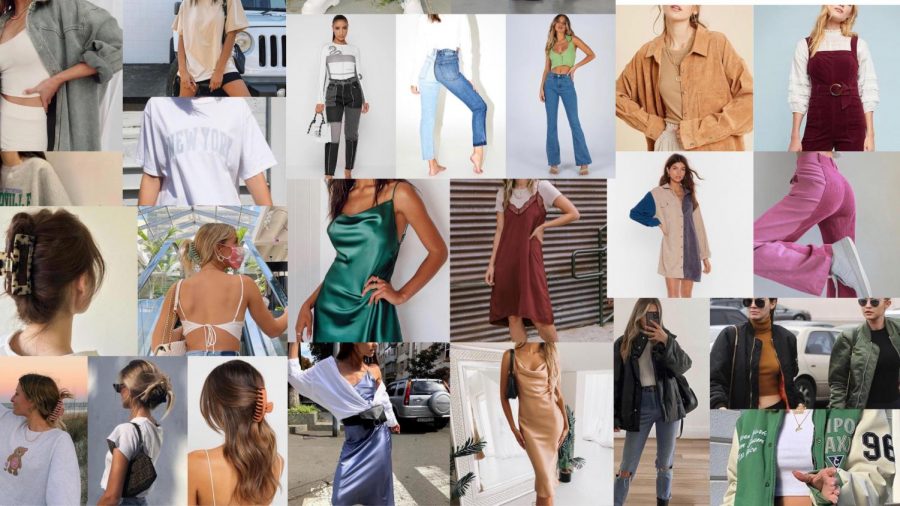
The 1990s saw a plethora of fashion trends that continue to influence modern style. From grunge-inspired looks to the rise of streetwear, the 90s brought a mix of edgy and casual fashion. Key trends included oversized clothing, plaid shirts, ripped jeans, graphic t-shirts, and combat boots. Fashion houses like Saint Laurent and Gucci have recently revived these iconic 90s trends on the runways, showcasing their enduring appeal.
The Grunge Era: Fashion trends of the 1990s

During the 1990s, the grunge era took the fashion world by storm. This rebellious and anti-establishment style became synonymous with bands like Nirvana and Pearl Jam. Grunge fashion was characterized by its relaxed and edgy look, consisting of oversized clothing, flannel shirts, ripped jeans, and combat boots. The grunge trend reflected a rejection of mainstream fashion and a desire for a more authentic and individualistic style.
Defining looks: Grunge fashion and the emergence of streetwear

Grunge fashion was characterized by its relaxed and edgy look, consisting of oversized clothing, flannel shirts, ripped jeans, and combat boots. This rebellious and anti-establishment style became synonymous with bands like Nirvana and Pearl Jam. The grunge trend reflected a rejection of mainstream fashion and a desire for a more authentic and individualistic style. Alongside grunge, streetwear emerged as a defining look of the 1990s. Influenced by urban culture and hip-hop music, streetwear featured bold graphics, baggy clothing, and sportswear-inspired elements. This style laid the foundation for the streetwear movement that continues to dominate contemporary fashion. [27]
Conclusion
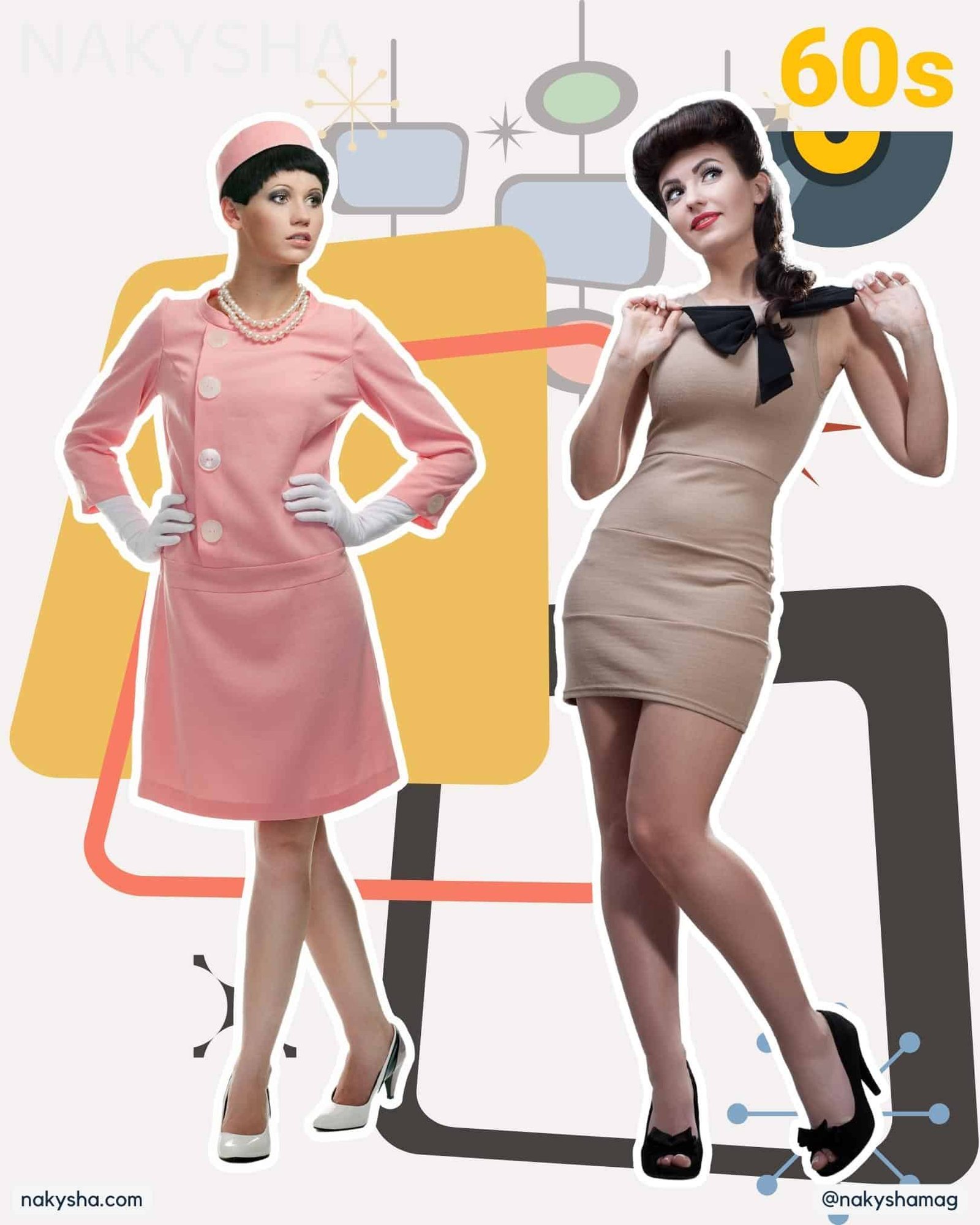
In conclusion, the revival of vintage styles in contemporary fashion showcases the enduring appeal of these iconic looks. From the flapper dresses of the 1920s to the grunge fashion of the 1990s, fashion trends from the past continue to inspire and influence the way we dress today. Incorporating vintage elements into our own style allows us to pay homage to the fashion history while creating a unique and personalized look. Rediscovering these vintage styles allows us to embrace the creativity and individuality that fashion offers. So, why not have some fun and experiment with incorporating vintage elements into your own wardrobe?
The enduring appeal of vintage styles in contemporary fashion

Vintage styles have a lasting appeal in contemporary fashion. They offer a sense of nostalgia and uniqueness that is hard to replicate with modern trends. Incorporating vintage elements into one’s wardrobe allows individuals to make a statement and showcase their clothing personality style. Whether it’s a classic 1920s flapper dress or a 90s grunge-inspired look, vintage styles bring depth and character to modern fashion. Embracing the past in this way allows fashion enthusiasts to celebrate the creativity and individuality that fashion has to offer.
How to incorporate vintage elements into your own style
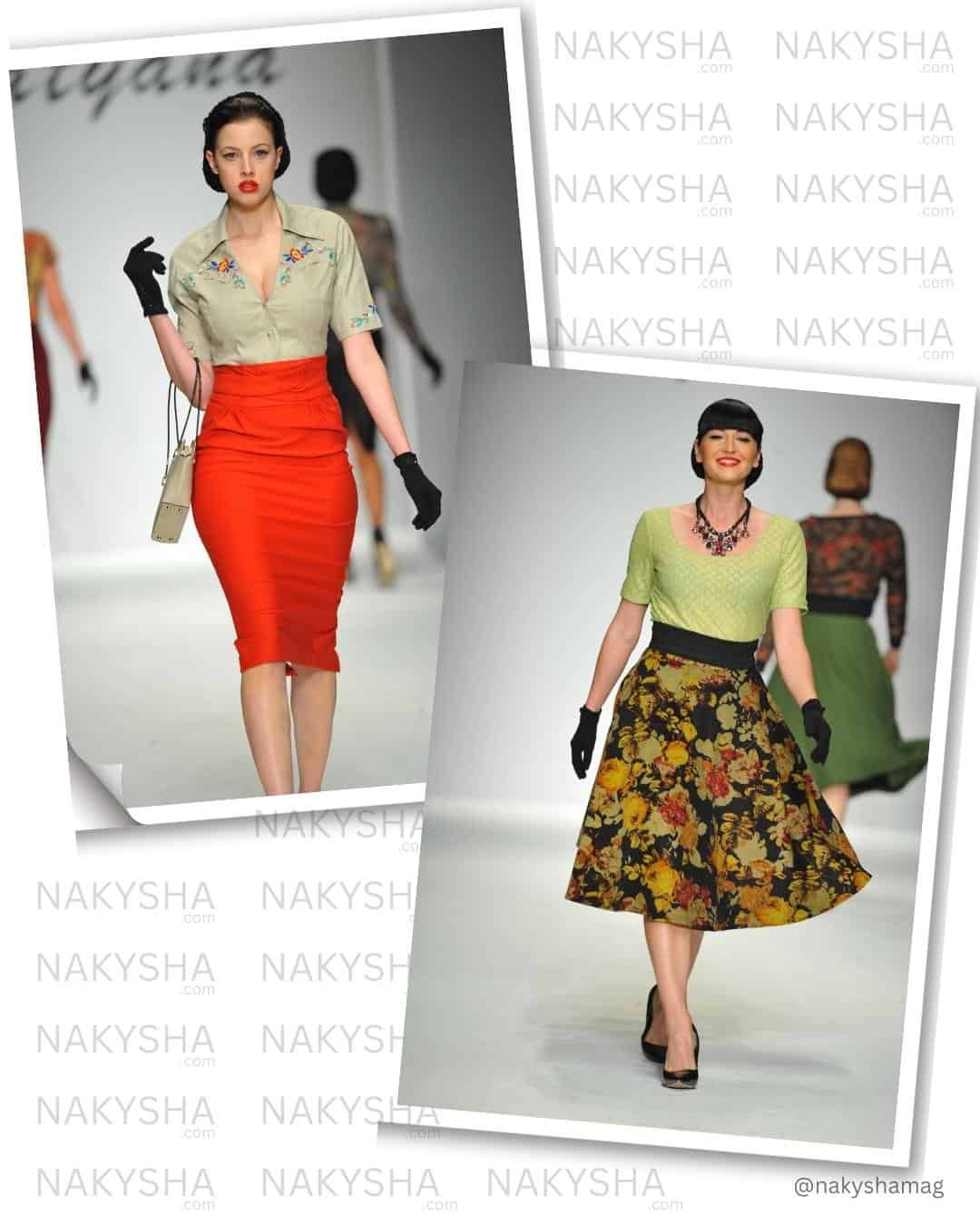
To incorporate vintage elements into how to elevate your fashion style, experiment by blending different decades together to create a unique and personalized look. Mix and match vintage accessories like retro jewelry or classic handbags with modern clothing that has vintage-inspired patterns, prints, or silhouettes. By adding these vintage touches, you can pay homage to the past while maintaining a contemporary edge in your fashion choices. Remember to have fun and express your individuality through your vintage-inspired style.
As we wrap up, we invite you to feature your business on our website through the Accessily platform.






